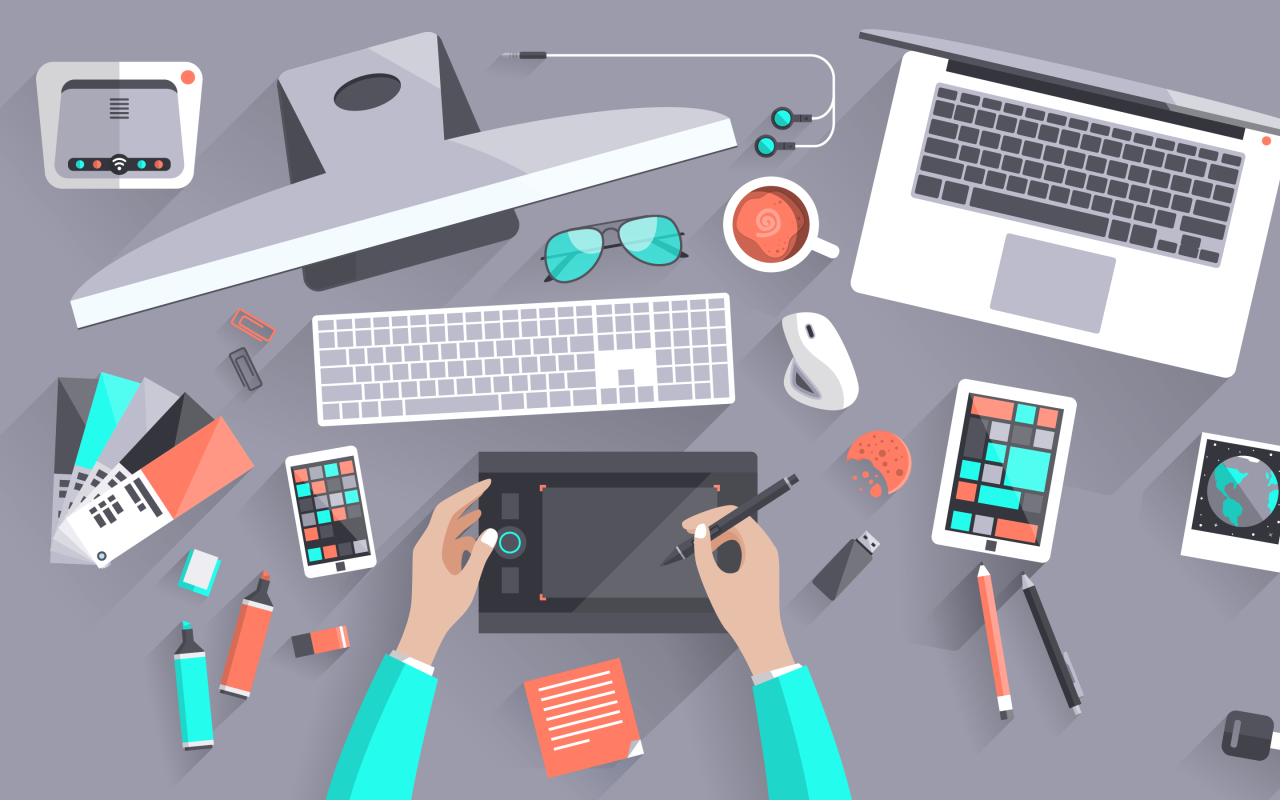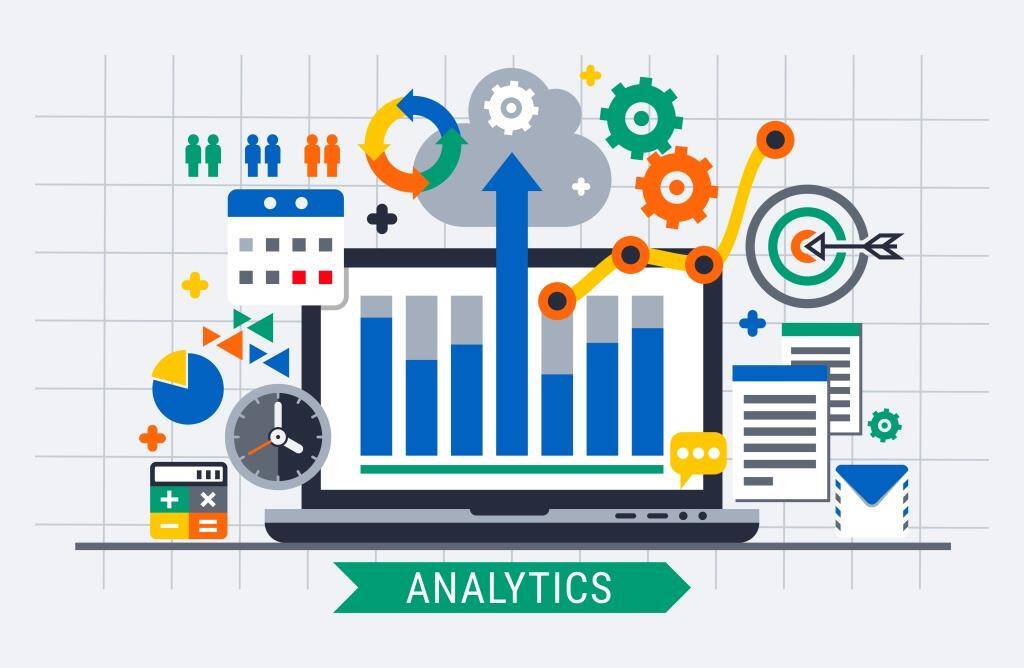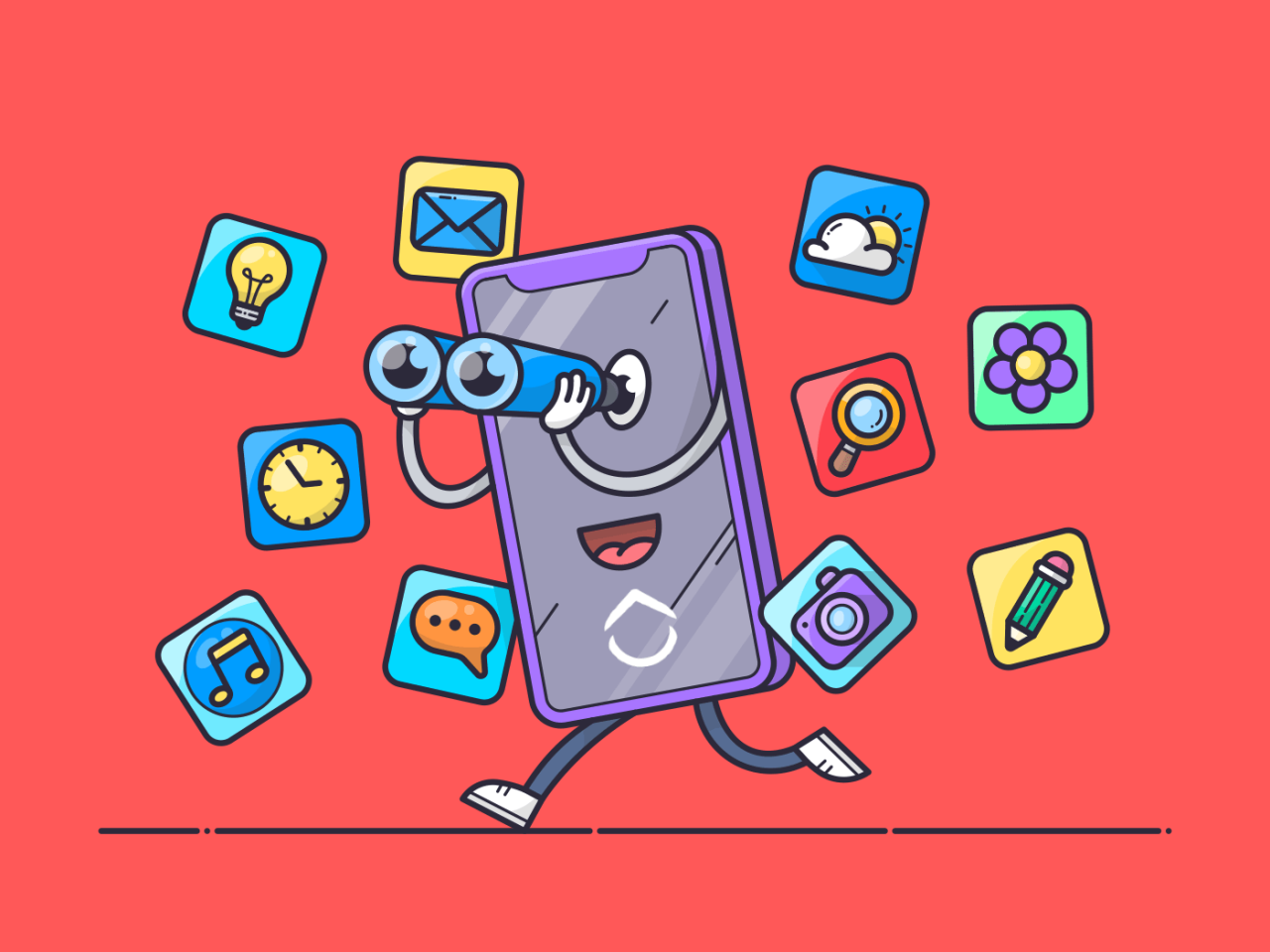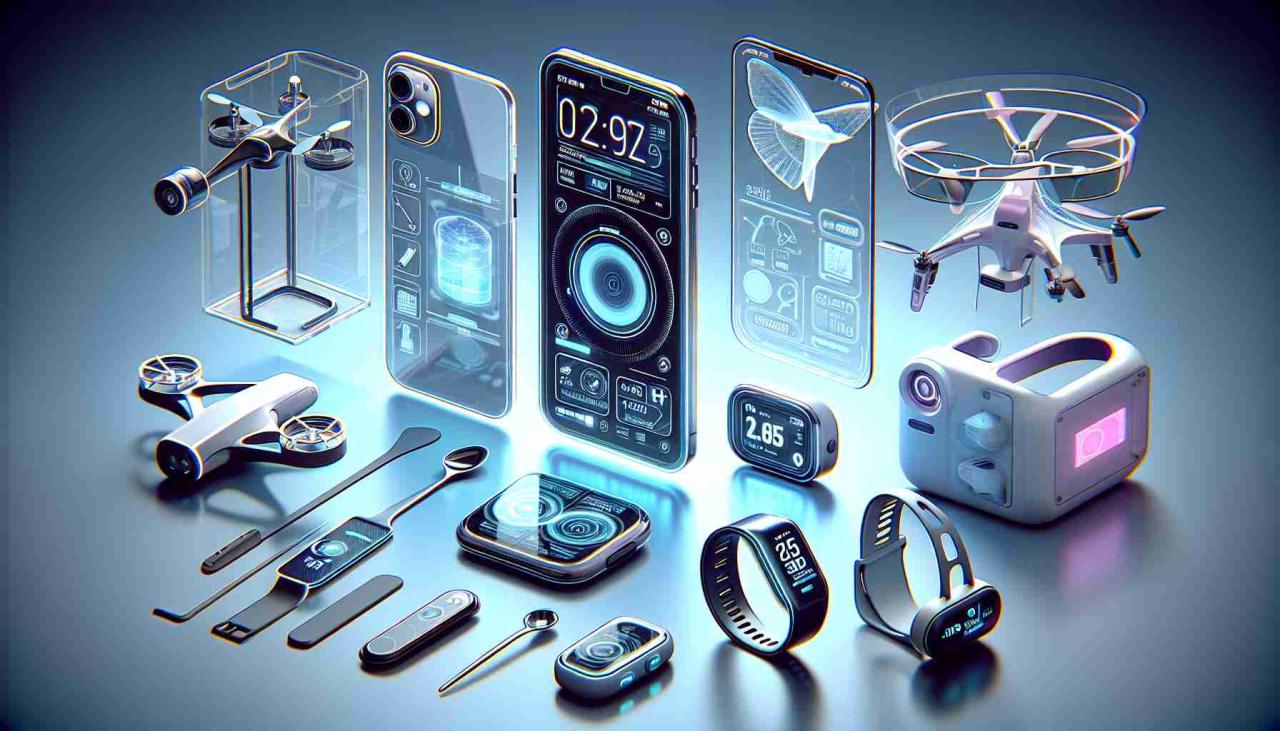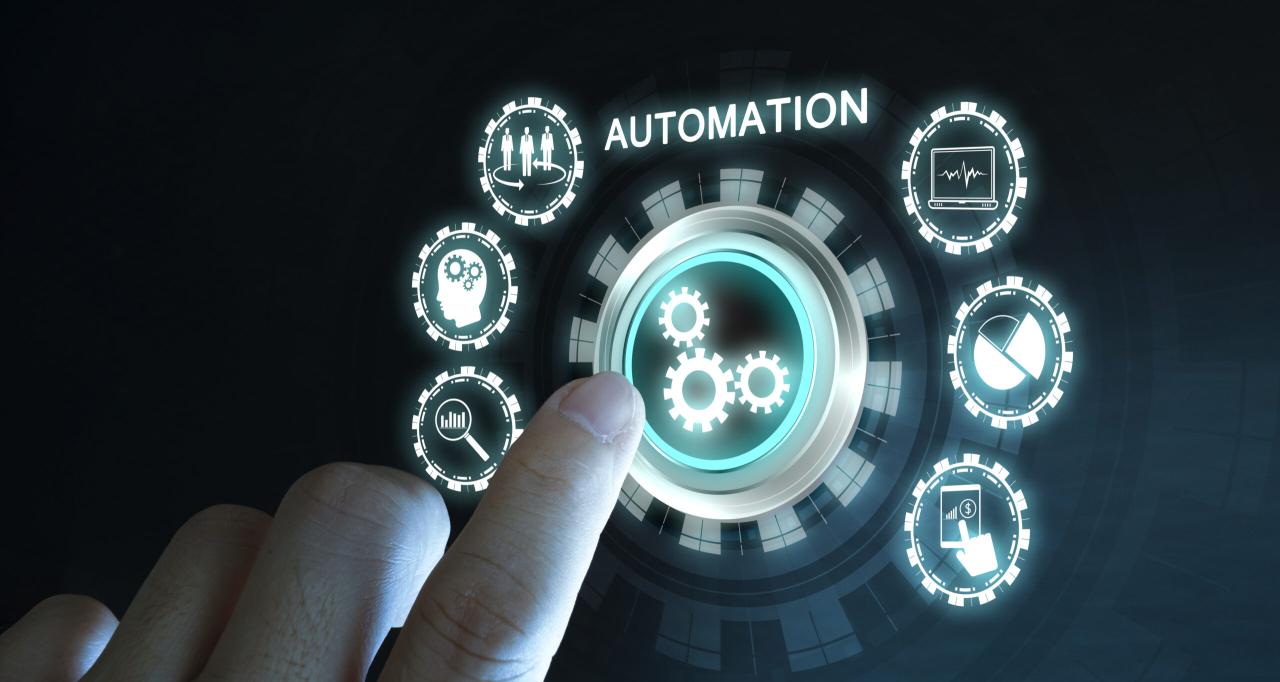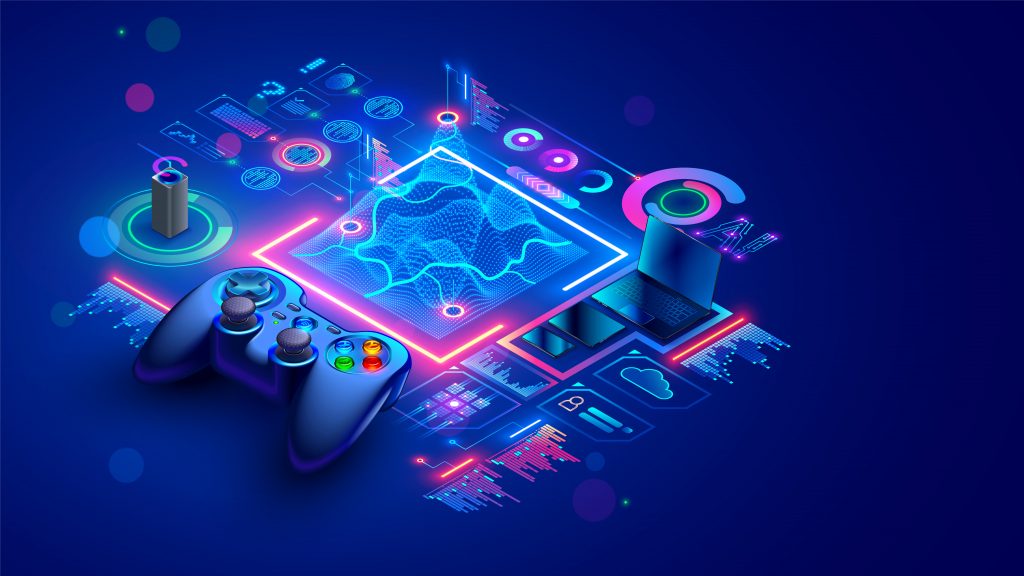Mobile App Utility Boom: Empowering Lives
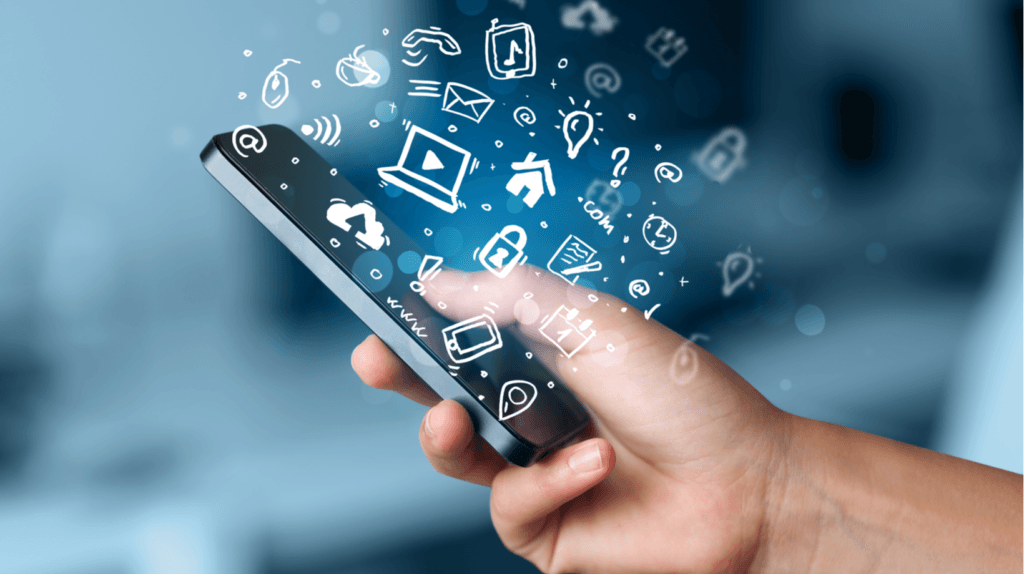
In a world increasingly defined by on-the-go connectivity, the smartphone has evolved far beyond a communication device; it’s a personal hub, a portable office, a boundless entertainment center, and a vital lifeline. At the heart of this transformation lies the extraordinary proliferation of mobile apps. These small, yet incredibly powerful, software applications are not just convenient additions; they represent a fundamental shift in how we interact with technology and engage with the world around us. The mobile app utility boom signifies an era where seamless, on-demand functionality is available at our fingertips, empowering individuals to manage every facet of their lives with unprecedented ease and efficiency.
This comprehensive article delves deep into the dynamic landscape of mobile app utility, exploring the core technologies that fuel its rapid expansion and its transformative impact across diverse personal and professional spheres. We’ll uncover how Artificial Intelligence (AI), cloud integration, and advanced sensor capabilities are converging to create applications that not only solve problems but anticipate needs, personalize experiences, and connect us in ways previously unimaginable. Our aim is to provide a detailed roadmap for understanding this exciting frontier, highlighting the benefits, the challenges, and the immense potential of leveraging these indispensable digital tools to enrich and streamline modern living.
The Digital Revolution in Your Pocket

The journey of mobile applications began modestly with basic functionalities like calendars and calculators. The advent of the iPhone in 2007 and the subsequent rise of app stores for both iOS and Android platforms unleashed a tidal wave of innovation. What propelled this boom from mere convenience to a societal phenomenon?
- Ubiquitous Connectivity: The widespread availability of high-speed mobile internet (3G, 4G, and now 5G) means apps can constantly access and exchange data, enabling real-time services and dynamic content.
- Powerful Hardware: Modern smartphones are miniature supercomputers, packing impressive processing power, high-resolution displays, advanced cameras, and a suite of sensors (GPS, accelerometers, gyroscopes, heart rate monitors). Apps leverage this hardware to offer rich, interactive experiences.
- Intuitive User Experience (UX): Mobile operating systems (iOS and Android) are designed for touch-based interaction, making apps inherently easy to navigate and use, even for non-tech-savvy individuals.
- Instant Gratification: Apps provide immediate access to information, services, and entertainment, fulfilling the modern demand for speed and efficiency.
- Personalization: Apps can be tailored to individual user preferences, location, and behavior, offering highly relevant content and services.
- The App Store Model: Centralized marketplaces make discovery, download, and updates incredibly simple, fostering rapid adoption and continuous improvement.
- Solving Real-World Problems: From hailing a ride to managing finances, learning a new language, or monitoring health, apps address genuine daily needs and pain points.
This confluence of factors has solidified the mobile app’s position as an indispensable utility, deeply embedded in the fabric of our daily routines.
Key Categories Driving the Boom
The sheer variety of mobile apps reflects the diverse needs and desires of a global user base. Here are the leading categories experiencing continuous innovation and driving the utility boom:
A. Productivity and Business Apps
These apps transform smartphones into powerful mobile workstations, allowing individuals and teams to manage tasks, communicate, and collaborate from anywhere.
- Task Management & Project Management: Apps like Todoist, Trello, Asana, and Monday.com allow users to organize to-do lists, track project progress, assign tasks, and set reminders, syncing across devices for seamless workflow.
- Communication & Collaboration: Slack, Microsoft Teams, Zoom, and Google Meet enable instant messaging, video conferencing, and shared workspaces, crucial for remote and hybrid work models. They integrate deeply with calendars and document sharing.
- Document Management & Editing: Mobile versions of Microsoft Office (Word, Excel, PowerPoint), Google Workspace (Docs, Sheets, Slides), and Adobe Acrobat Reader allow for viewing, editing, and sharing documents on the go.
- Note-Taking & Organization: Evernote, Notion, OneNote, and Simplenote provide versatile platforms for capturing ideas, organizing research, and creating digital notebooks, often with rich media support and powerful search functions.
B. Finance and Personal Management Apps
These apps empower users to take control of their money, investments, and personal budgeting with unparalleled ease.
- Banking & Payments: Almost every bank offers a mobile app for checking balances, transferring funds, paying bills, and managing cards. Digital payment apps like PayPal, Venmo, Google Pay, and Apple Pay facilitate secure, cashless transactions.
- Budgeting & Expense Tracking: Apps like Mint, YNAB (You Need A Budget), and PocketGuard help users track spending, create budgets, manage debt, and set financial goals.
- Investment & Trading: Platforms like Robinhood, eToro, and Charles Schwab allow users to manage stock portfolios, trade cryptocurrencies, and access market data directly from their phones.
- Personal Security: Password managers like LastPass, 1Password, and Bitwarden secure digital credentials, while identity theft protection apps offer monitoring and alerts.
C. Health and Wellness Apps
Leveraging smartphone sensors and integration with wearables, these apps promote healthier lifestyles and provide accessible health monitoring.
- Fitness Tracking: MyFitnessPal, Strava, Nike Training Club, and Apple Health/Google Fit track workouts, calorie intake, sleep patterns, and activity levels, often syncing with smartwatches and fitness bands.
- Mental Health & Mindfulness: Apps like Calm, Headspace, BetterHelp, and Talkspace offer guided meditation, sleep stories, therapy sessions, and stress-reduction exercises.
- Telemedicine: Apps from providers like Teladoc and MDLive connect users with doctors for virtual consultations, prescriptions, and medical advice, revolutionizing access to healthcare.
- Diet & Nutrition: Help users log food intake, track macros, access healthy recipes, and plan meals.
D. Entertainment and Lifestyle Apps
From streaming media to social connections and travel planning, these apps enrich daily life.
- Streaming Media: Netflix, Spotify, YouTube, Disney+, and TikTok offer endless content, transforming smartphones into portable entertainment hubs.
- Social Media: Facebook, Instagram, X (formerly Twitter), LinkedIn, and Snapchat remain dominant for connection, news, and content sharing.
- Travel & Navigation: Google Maps, Waze, Tripadvisor, Airbnb, and airline apps provide real-time navigation, flight status, accommodation booking, and travel guides. Ride-sharing apps like Uber and Lyft have redefined urban transport.
- Food & Delivery: DoorDash, Uber Eats, Grab, Gojek, and local restaurant apps facilitate food ordering and delivery, catering to convenience.
E. Education and Learning Apps
Making knowledge and skill development accessible anytime, anywhere.
- Language Learning: Duolingo, Babbel, Memrise, and Rosetta Stone offer gamified and structured lessons for acquiring new languages.
- Online Courses: Apps from Coursera, edX, Khan Academy, and MasterClass provide access to university-level courses and expert-led tutorials on a vast array of subjects.
- Skill Development: Apps dedicated to coding (e.g., SoloLearn), music theory, drawing, and other practical skills.
- E-reading and Audiobooks: Kindle, Audible, Libby, and various news apps offer digital access to books, magazines, and newspapers.
How AI and Cloud Drive App Utility
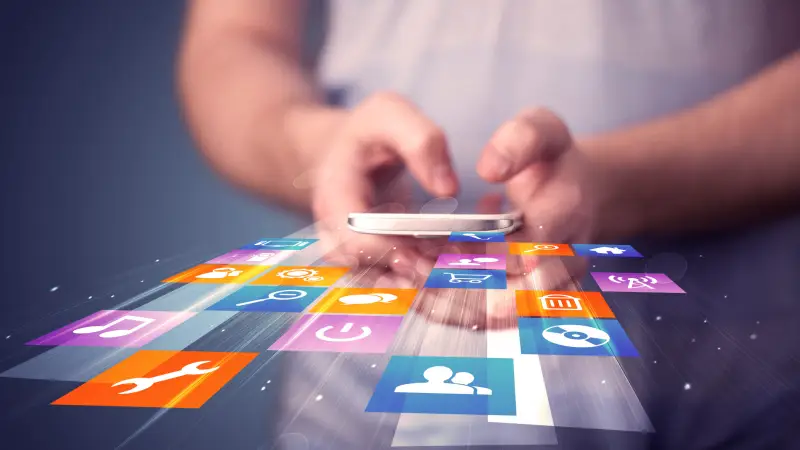
The true power behind the latest mobile app utility boom lies in the sophisticated integration of Artificial Intelligence (AI), Machine Learning (ML), and pervasive cloud computing. These technologies imbue apps with intelligence, personalization, and seamless functionality.
A. Artificial Intelligence (AI) and Machine Learning (ML)
AI is the brain powering today’s most useful apps, transforming them from static tools into intelligent assistants.
- Personalized Recommendations: AI algorithms analyze user behavior, preferences, and historical data to provide highly relevant suggestions in e-commerce, media streaming, and even news apps. (e.g., Netflix’s “Because you watched…”)
- Natural Language Processing (NLP): Powers voice assistants (Siri, Google Assistant, Alexa), translation apps, and intelligent chatbots within customer service apps, allowing for natural, conversational interactions.
- Computer Vision: Enables features like facial recognition (for security or filters), object detection (e.g., scanning food labels for calorie counting), augmented reality (AR) effects, and real-time text translation through a phone’s camera.
- Predictive Analytics: AI can anticipate user needs, like predicting optimal routes in navigation apps based on traffic patterns, suggesting next words in messaging, or alerting users to potential health issues based on tracked data.
- Automated Task Management: Some productivity apps use AI to automatically categorize emails, prioritize tasks, or suggest optimal times for focused work based on user habits.
B. Cloud Computing and Synchronization
The cloud provides the scalable infrastructure that makes modern app utility possible, enabling seamless data flow and multi-device experiences.
- Cross-Device Synchronization: Data (notes, photos, messages, app settings) is stored in the cloud, allowing users to access their information and continue tasks seamlessly across their smartphone, tablet, and computer.
- Scalable Backend Services: Apps leverage cloud platforms (AWS, Google Cloud, Azure) for massive data storage, powerful processing (e.g., for AI model training or complex calculations), and rapid deployment of updates. This ensures apps can handle millions of users concurrently.
- Real-time Collaboration: Cloud infrastructure enables multiple users to collaborate on documents, projects, and designs in real-time, seeing changes instantaneously.
- Data Backup and Recovery: Cloud storage provides robust backup solutions for app data, protecting against device loss or damage.
- Push Notifications: Cloud services efficiently deliver timely alerts and updates from apps to users’ devices, ensuring they stay informed without constantly checking apps.
C. Advanced Sensor Integration
Smartphones are packed with sensors that apps leverage to understand context and provide richer functionality.
- GPS and Location Services: Power navigation, ride-sharing, food delivery, local search, and proximity-based notifications.
- Accelerometers & Gyroscopes: Used for fitness tracking, gaming controls (motion sensing), and detecting device orientation.
- Biometric Sensors (Fingerprint, Face ID): Enhance security for banking apps, payment systems, and secure access to sensitive information.
- Heart Rate/Blood Oxygen Sensors: Increasingly found in wearables connected to health apps, providing continuous health monitoring.
- Microphones & Cameras: Enable voice commands, video calls, photo/video capture, and AR experiences.
The Transformative Impact of the Mobile App Utility Boom
The widespread adoption of highly functional mobile apps has had profound implications, fundamentally reshaping how we live, work, and interact.
A. Unprecedented Convenience and Efficiency
- On-Demand Services: Apps provide instant access to transportation, food, banking, retail, and more, all at the tap of a screen, eliminating the need for physical visits or lengthy phone calls.
- Streamlined Daily Routines: Managing calendars, setting reminders, paying bills, and staying organized becomes effortless and integrated into a single device.
- Global Connectivity: Instant communication and access to information from anywhere, anytime, breaking down geographical barriers.
B. Democratization of Services and Information
- Access to Healthcare: Telemedicine apps make medical consultations accessible to remote areas or those with limited mobility.
- Financial Inclusion: Mobile banking and payment apps provide financial services to underserved populations who may not have access to traditional banks.
- Education for All: Learning apps and online course platforms make high-quality education available to anyone with a smartphone, regardless of location or economic status.
- Empowering Small Businesses: Apps provide affordable tools for payment processing, customer management, and marketing, leveling the playing field for small enterprises.
C. Enhanced Personalization and User Experience
- Tailored Content: AI-driven apps learn individual preferences, delivering highly personalized content, product recommendations, and news feeds.
- Intuitive Interactions: Voice control, gesture navigation, and adaptive interfaces make apps incredibly user-friendly and responsive to individual needs.
- Contextual Awareness: Apps can leverage location, time of day, and user activity to offer relevant suggestions or automate actions proactively.
D. Promotion of Health and Well-being
- Proactive Health Management: Fitness trackers and health apps empower individuals to monitor their health metrics, set goals, and receive personalized coaching.
- Mental Health Support: Accessible therapy, mindfulness exercises, and stress management tools provide crucial support for mental well-being.
- Safer Living: Smart home control apps allow remote monitoring and management of home security, lighting, and climate.
E. Reshaping Industries and Business Models
- Disruption of Traditional Services: Ride-sharing apps challenged taxis, streaming apps disrupted traditional media, and food delivery apps transformed the restaurant industry.
- New Service Creation: Apps enable entirely new business models focused on hyper-personalization, on-demand delivery, and subscription services.
- Increased Productivity: Businesses leverage mobile apps for field service management, sales enablement, and internal communication, boosting efficiency across the board.
Challenges and Considerations
While the utility boom offers immense benefits, it also presents challenges that users and developers must navigate.
A. Data Privacy and Security Concerns
- Personal Data Collection: Apps often collect vast amounts of sensitive personal data (location, health, financial). Ensuring this data is securely stored and not misused is paramount.
- Cybersecurity Risks: Vulnerabilities in apps can expose users to data breaches, phishing attacks, or malware. Users must be vigilant about app permissions and regular updates.
- Tracking and Advertising: Many free apps rely on advertising and user tracking, raising concerns about privacy and targeted ads.
B. Information Overload and Digital Fatigue
- Constant Notifications: The deluge of push notifications from numerous apps can lead to distraction, anxiety, and digital burnout.
- Addiction and Screen Time: The highly engaging nature of many apps can lead to excessive screen time and potential addiction, impacting mental and physical health.
- Fragmented Attention: Juggling multiple apps can lead to reduced focus and productivity if not managed effectively.
C. App Sprawl and Management
- Too Many Apps: Users often accumulate dozens or hundreds of apps, leading to cluttered phone screens, duplicated functionalities, and difficulties managing notifications and updates.
- Compatibility Issues: Ensuring apps work seamlessly across different devices and operating system versions can be a challenge.
- Subscription Fatigue: Many apps have moved to subscription models, leading to a growing list of recurring expenses for users.
D. User Experience and Accessibility
- Poor Design: Despite advances, many apps still suffer from cluttered interfaces, confusing navigation, or poor performance, leading to user frustration.
- Accessibility for All: Ensuring apps are accessible to users with disabilities (e.g., visual impairments, motor disabilities) requires conscious design and development effort.
E. Monetization and Sustainability for Developers
- App Store Dominance: Developers are largely reliant on Apple and Google’s app stores, which dictate terms, review processes, and take a percentage of revenue.
- Discovery Challenges: With millions of apps available, getting discovered is increasingly difficult for new developers.
- Maintaining Relevance: Users quickly abandon apps that don’t offer continuous value or regular updates, creating pressure for ongoing development.
Conclusion
The mobile app utility boom is not just a technological phenomenon; it’s a testament to humanity’s continuous quest for efficiency, convenience, and connection. These seemingly small applications have fundamentally reshaped our daily routines, empowering us to manage complex tasks, access vast amounts of information, and engage with the world in ways that were once unimaginable. From transforming our health and finances to revolutionizing how we learn, travel, and entertain ourselves, mobile apps are the indispensable digital companions of the modern age.
While navigating this landscape requires awareness of data privacy, potential digital fatigue, and the sheer volume of choices, the ongoing innovation in AI, cloud computing, and advanced hardware promises an even more intelligent, seamless, and personalized future. Embracing the power of these cutting-edge utilities, understanding their capabilities, and integrating them mindfully into our lives will continue to define how we thrive in an ever-more interconnected world. The future isn’t just in our pockets; it’s being powered by the apps within them.

